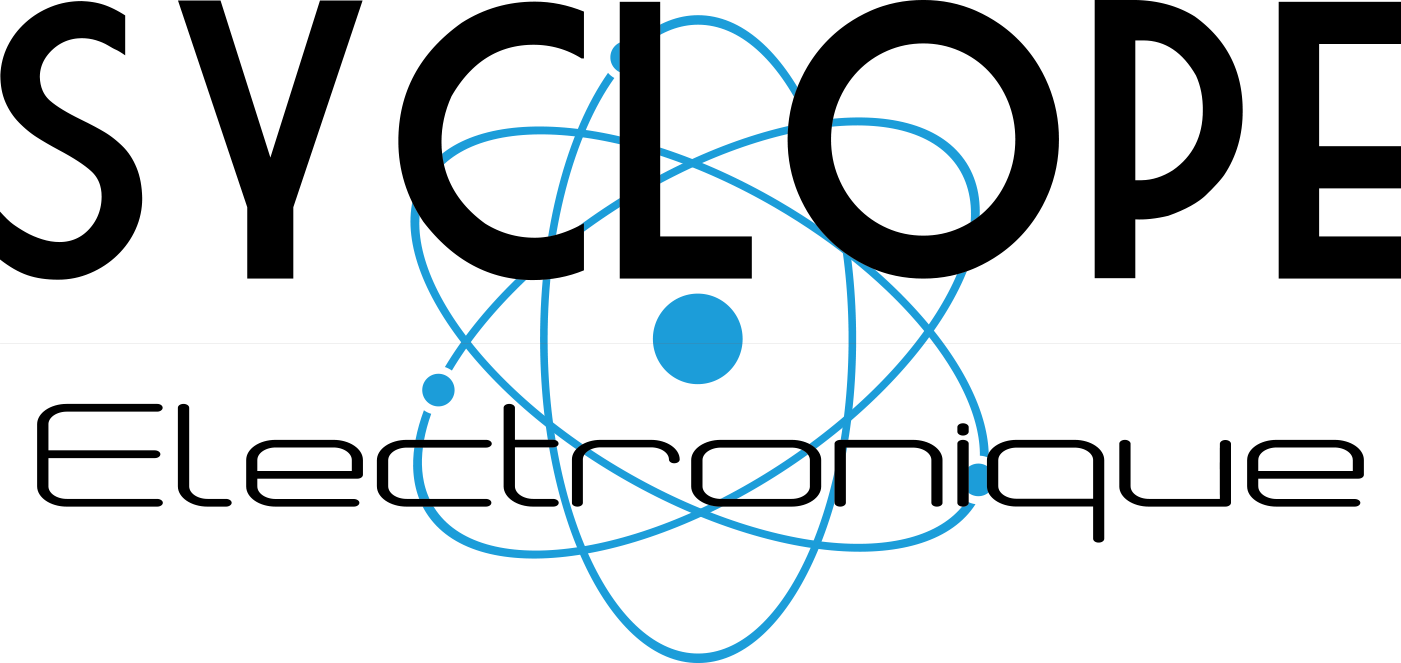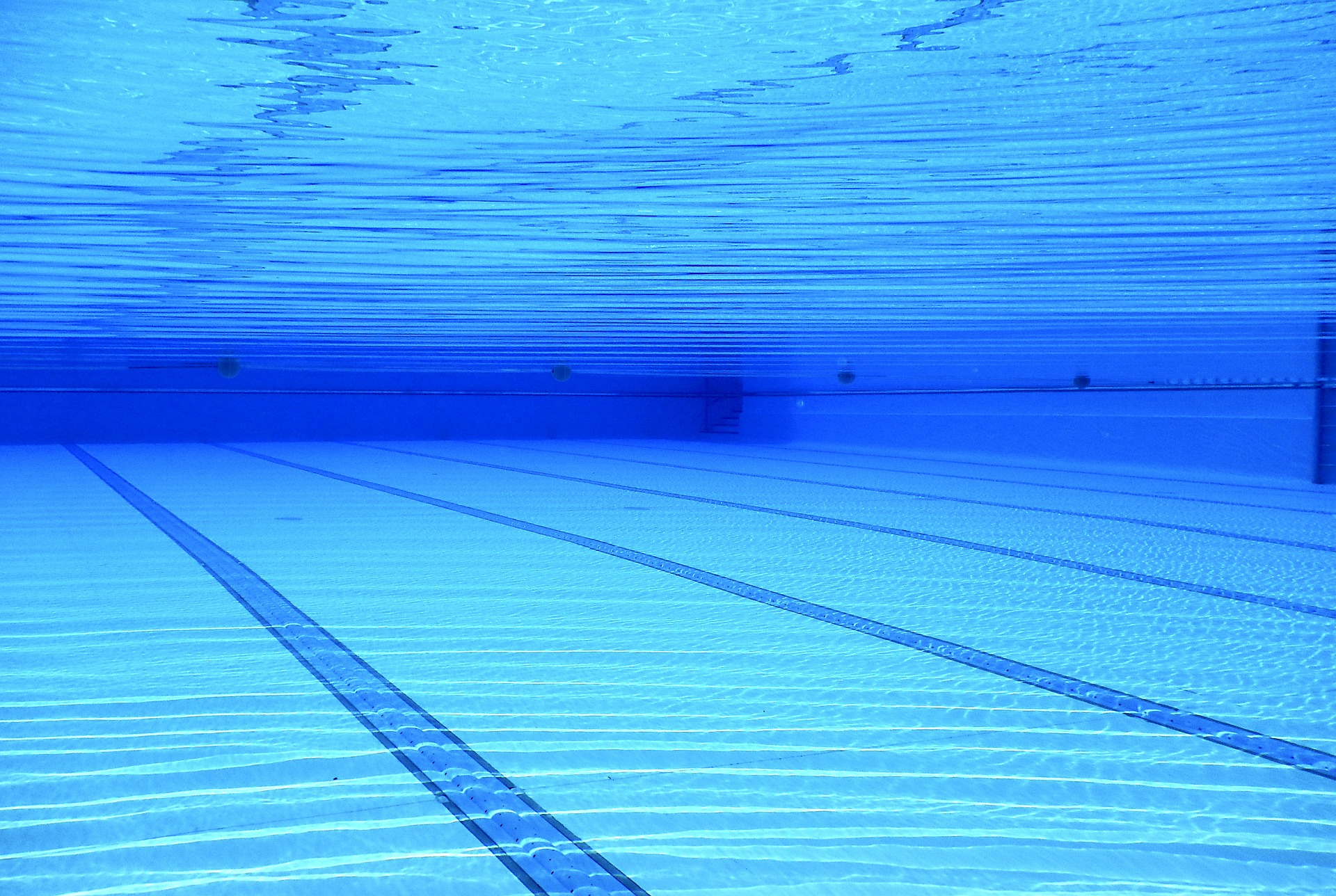TRICHLORAMINE, what are the health effects?
We often hear about trichloramine in the air or nitrogen trichloride and the health impacts…but what are we really talking about?
A strong smell of chlorine, stinging eyes… you are probably in the presence of trichloramine in the air.
What is Trichloramine?
Définition :
Chloramine is created by the chemical combination of chlorinated products used for water disinfection and the nitrogenous pollution brought by the organic matter of bathers (sweat, saliva, urine, bacteria, sun cream, etc.).
Chloramines break down into 3 different types:
- monochloramine
- dichloramine
- trichloramine
In public and collective swimming pools, it is necessary to measure the chloramines in the water in order to keep its threshold below 0,6 mg/l.
Trichloramine, also known as nitrogen trichloride, therefore comes from the creation of chloramines in the water. But compared to monochloramine and dichloramine, it is much more volatile and turns into a gas that is highly irritating to the respiratory tract, eyes and skin.

What are the current regulatory obligations in France?
Regulations require trichloramine in the air:
- Obligation of analysis for swimming pools equipped with a UV dechlorinator (DGS : EA4 2008-65 du 22/02/2008)
- Obligation of prevention and analysis of occupational risks according to the Labour Code
- Trichloramine is recognized as causing occupational diseases “rhinitis and occupational asthma” according to the decree 2003-110 du 11/02/2003
- Recommendations of the Anses with a limit value of 0,3 mg/m3
How to measure trichloramine?
4 measuring process
To date, there are 4 methods of measurement:
- Measurement by an accredited laboratory
- Portable measurement equivalent to laboratory measurement
- Portable measurement with passive sampling and fast determination of the trichloramine level in mg/m3
- Measuring with test strips (measuring time less than 20 minutes)
How to measure trichloramine in the air?
To better protect bathers and staff, accurate, fast and simple measurement is essential. This is why SYCLOPE Electronique and INRS have been working in partnership for 10 years on the trichloramine measurement issue.
As a result of many years of experience and feedback from the field, SYCLOPE Electronique and the INRS have developed a new portable device for direct measurement of the nitrogen trichloride rate in the air.
Indeed, the new equipment indicates, after a minimum of two hours of exposure, a rate in mg/m3. This equipment also makes it possible to perform 8-hour OEL (occupational exposure limit value) measurements with a single sample.
The objective of this new equipment is to optimise the measurement of trichloramine in air in order to protect users and personnel on site as much as possible.
Plan regular monitoring of trichloramine levels
To prevent any problem related to trichloramine or in order to implement corrective actions, SYCLOPE recommends :
- Punctual or control measures: to respond to an immediate problem following a complaint from a swimmer or lifeguard… measures lasting less than 2 hours.
- Regular measurement for continuous monitoring.
- Mapping the pool’s risk zones in order to implement preventive and corrective actions in terms of air and/or water treatment.



